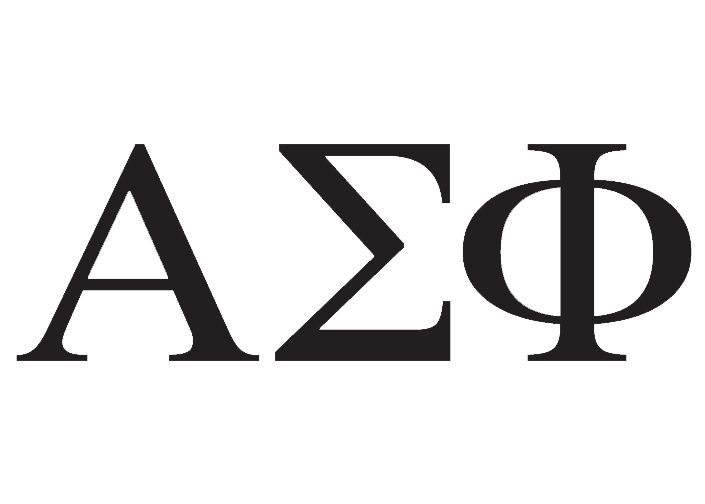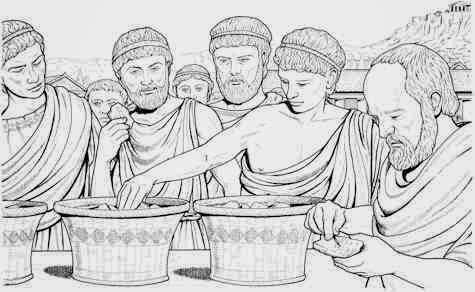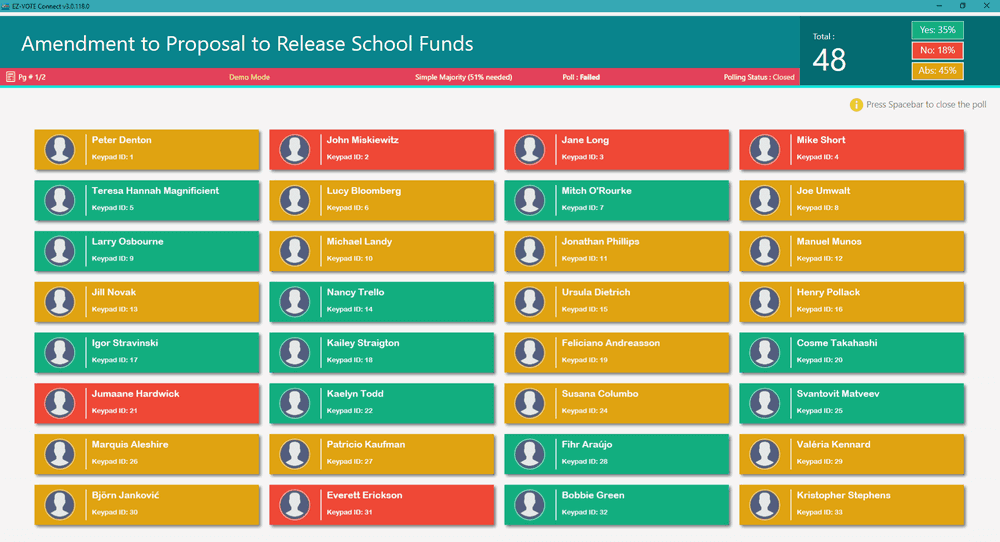Electronic Voting Helps Greek Organizations Avoid the Rush
Audience response technology means fraternities and sororities can vet prospective members more efficiently
There’s a reason fraternities and sororities refer to the first few weeks of college as “rush.” For those hoping to join a Greek organization at their school, it’s a fun but also hectic, stressful time.
“Your TownVOTE system has been a game-changer for us. We used to have multiple 1.5hour-long meetings to vote on candidates, or approve change of rules. Now, we’re done in 40 minutes, including the discussion.”
— Kelly Alvarez, University of Texas, Austin
Electronic Voting Systems
It’s no picnic for the chapters themselves, either. Faced with a flood of potential recruits who cycle through multiple social events, with invitees pared down at each stage of the process, members must quickly and efficiently decide who makes it to the next event and eventually full membership. Historically, this was accomplished using paper ballots, which were then counted by hand.
Unfortunately, old styles of voting become tedious and time consuming with new decisions required after each of what could be a half-dozen events. To make the process more efficient, electronic voting using audience response technology can speed up and streamline decision making for Greek organizations.


Better Voting & Record-Keeping Experience
With audience response hardware and software designed specifically for voting environments, prospective members can sign in at each event, with their names recorded for later review.
When it’s time to decide on whom to invite to the next event, chapter members can instantly view a projected image of the names of all the candidates from the most recent event, with the option of adding or removing names in real time. They can then vote electronically, with results tabulated either in real time or once voting is complete. This saves the time and money that would otherwise be spent printing, distributing and tabulating paper ballots.
Easy Auditing
The software can also be set up to allow for designated or anonymous voters and for different types of majorities, such as a 2/3 majority or simple majority. Results can be stored in offsite cloud servers or exported to a spreadsheet program like Excel.


